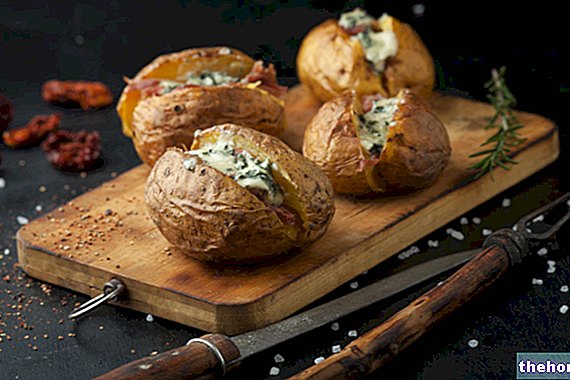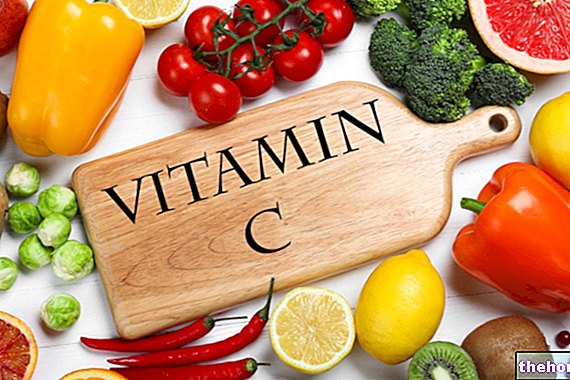«Nitrites and nitrates
Limits of use
Nitrites can be added to foods up to a maximum dose of 150 milligrams per kilo and on sale they cannot exceed a residual limit of 50 mg / kg.

As for the maximum values for nitrates and nitrites in drinking water these are respectively 50 micrograms / l for nitrates and 0.5 micrograms / l for nitrites. A quantity much lower than that allowed in food preservation (about 5000 times lower for nitrates and 100,000 times lower for nitrites)
In mineral waters, on the other hand, there are two different dosage limits:
- 45 mg / L in ordinary mineral waters
- 10 mg / L in those intended for infancy.
- 0.02 mg / L of nitrites for both categories
Why are they used?
Nitrates and nitrites:
- they maintain and enhance the red color of the meat
- they improve its shelf life and aroma
- have antimicrobial and antiseptic action (especially against botulinum)
- In case of excessive bacterial growth, nitrates are transformed into nitrites which in turn eliminate excess microorganisms and increase storage time
How to recognize them on the food label?
Usually on food labels their name is reported in full; in some cases, however, the manufacturer prefers to use the European abbreviations:
- the codes E249 E250 identify nitrites
- the codes E251 E252 identify nitrates
- The term ascorbic acid identifies vitamin C which can also be replaced by the abbreviation E301
- the term citric acid underlines the presence of a substance contained in lemon juice (E 330) with properties similar to vitamin C
What precautions?
There are numerous precautions to be taken to defend against the negative effects of these substances:
the first, of course, is to reduce the consumption of products containing nitrites and nitrates. Avoiding these foods is not always easy, as these substances are present in almost all products (with rare exceptions). Once again, the food label comes to our aid, a real treasure trove of information for the intelligent consumer. If the following appears among the ingredients:
- nitrites (E249 E250): it is good to avoid or at least limit their consumption;
- nitrates (E251 E252): they must be consumed in moderation as they are less dangerous than the previous ones but not completely safe
- nitrates (E251 E252) in association with ascorbic acid (vit C) and citric acid: quite safe, thanks to the beneficial properties exerted by vitamin C (antibacterial action, inhibitory action on the transformation of nitrates into nitrites).
Other useful tips for the consumer:
- avoid heating foods containing nitrates, as the heat facilitates their transformation into nitrites
- Since the bacteria present on the back of the tongue favor the transformation of nitrates into nitrites, it is good to maintain good oral hygiene, both before and after meals.
- Since storage times affect nitrite concentration, try to consume nitrate products in the short term
The same rules also apply to foods of plant origin:
- prefer seasonal vegetables, avoiding those grown in greenhouses;
- in case of autonomous production: avoid chemical fertilizers and harvest the vegetables preferably in the evening
- remove the parts with the highest nitrate content which, as we have seen, are stems, leaf ribs and external leaves









.jpg)


















